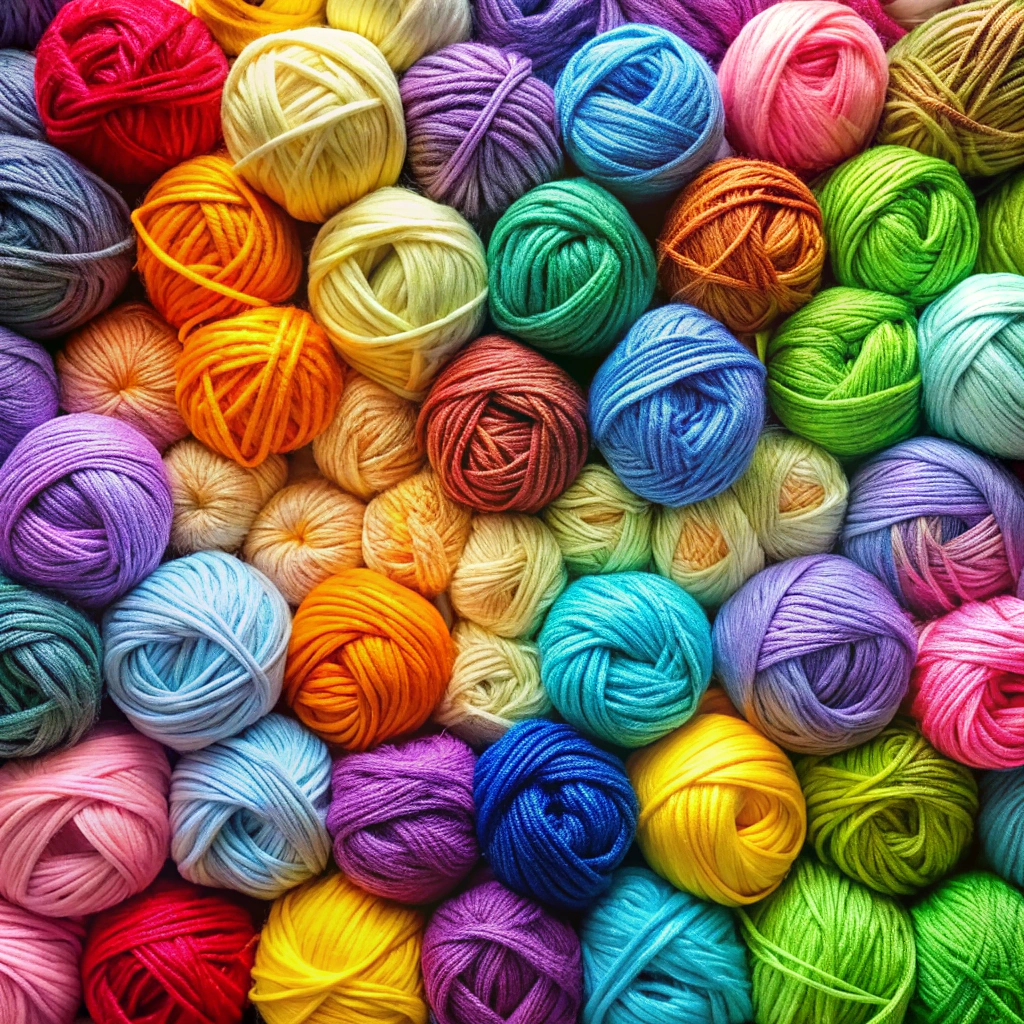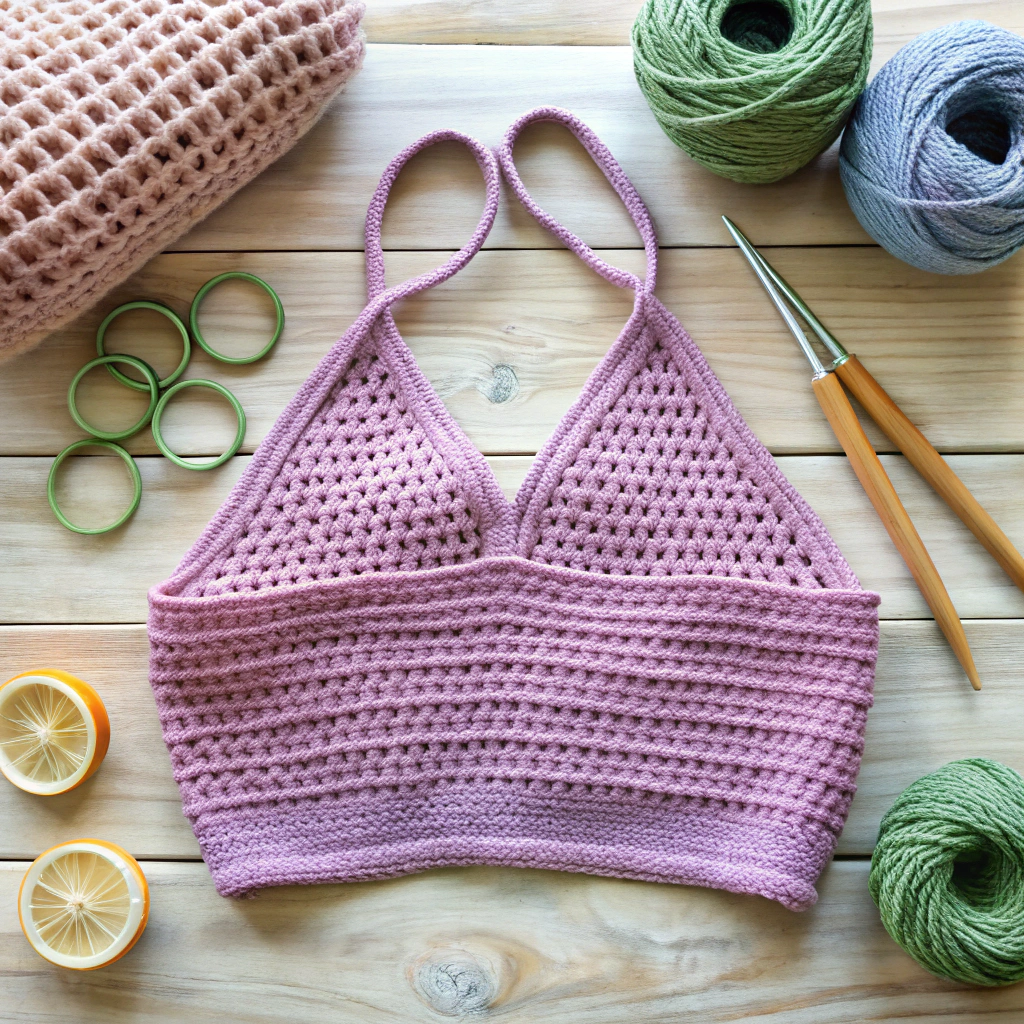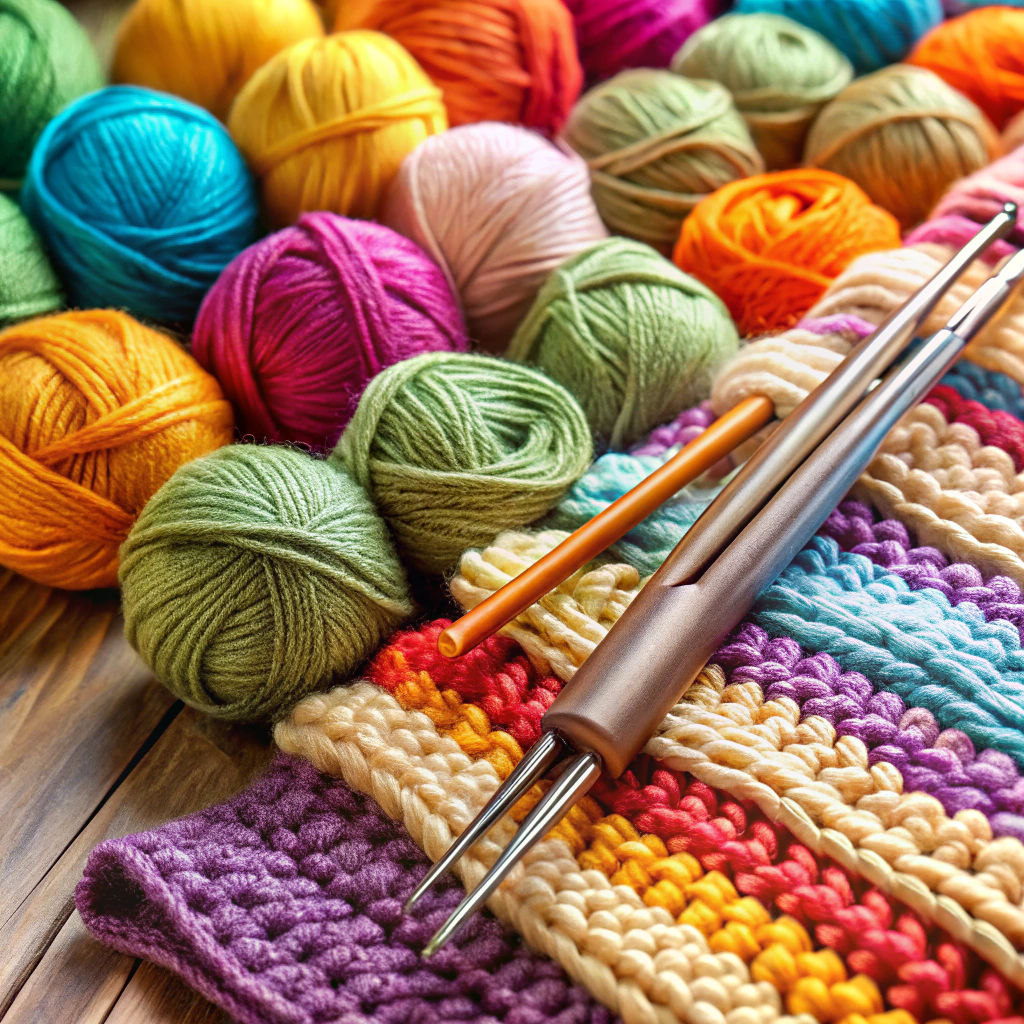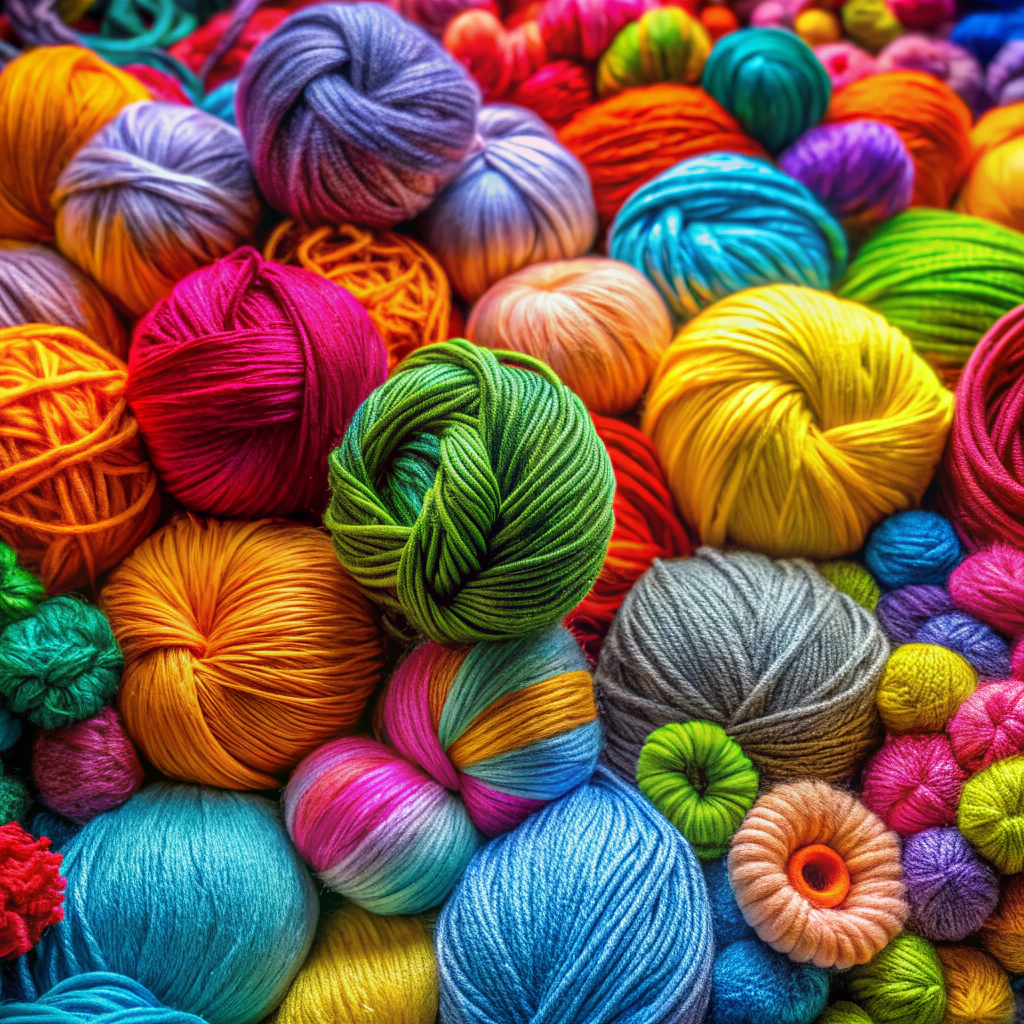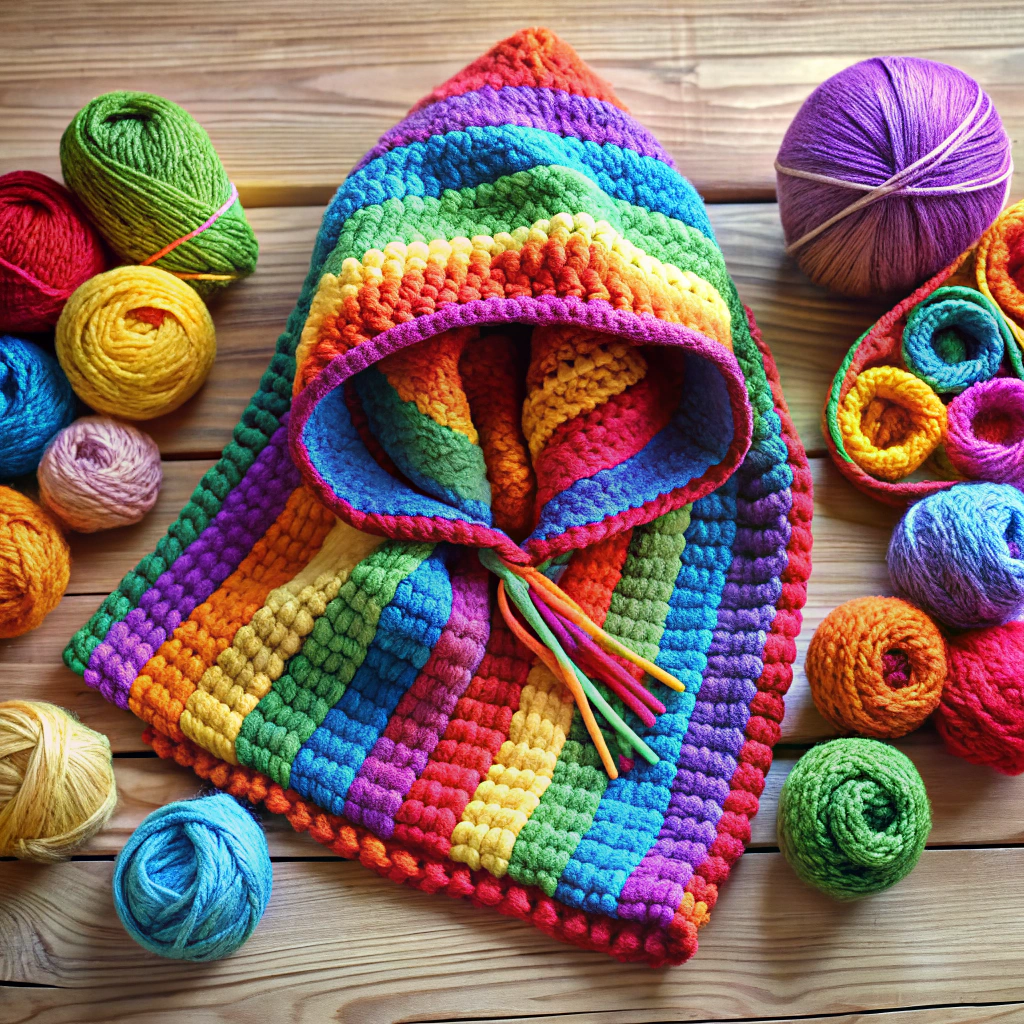Learn how to perfect your crochet projects with blocking techniques that enhance shape and texture.
Ah, blocking—the magical final touch that takes your crochet masterpiece from cute to absolutely stunning! Maybe you’ve heard whispers in yarn circles about blocking but aren’t quite sure if it’s wizardry or just extra work. Fear not, curious crocheter! This guide demystifies blocking, tells you when it’s essential (and when to totally skip it), and shows you how to do it like a pro with nifty tools and techniques like soak, spritz, and steam. If you’re ready to transform your yarn creations into polished, professional-looking beauties, read on!
Key takeaways:
- Blocking enhances shape and texture of crochet projects.
- Not all projects require blocking; evaluate before proceeding.
- Use T-pins, blocking boards, and spray bottles for best results.
- Different fibers respond uniquely to blocking techniques.
- Patience is key; allow projects to dry completely.
What Is Blocking?

Imagine spending hours crafting a beautiful crochet piece, only to find it looks a bit wonky. Enter blocking, the miracle step that gives your crochet work the polished, professional finish it deserves.
Blocking is the process of shaping and setting your crochet work to the desired dimensions. It involves dampening or steaming the piece and then securing it in place until it dries.
- The benefits are numerous:
- Your stitches relax and open up, revealing the true beauty of the pattern.
- Edges straighten out, removing any curliness.
- Dimensions stabilize, ensuring your creation matches the intended size.
Think of it as giving your crochet project a mini spa day; it relaxes, refreshes, and comes out looking like a million bucks!
Should I Block Every Crochet Project?
Blocking can work magic on your finished pieces, but does every crochet project need it? Not always! Think of blocking as a spa day for your crochet—some pieces need it, others don’t.
Consider these points:
- Delicate doilies or lacy shawls love to be blocked. It really brings out the intricate patterns.
- For wearables like sweaters or cardigans, blocking helps even out stitches and makes seaming easier.
- Chunky blankets or robust items? They might not benefit much and could just be fine straight off the hook.
- If your piece is a wonky shape or bunched up, blocking can tidy things up for a polished look.
- Curious about your yarn’s behavior? A tiny swatch block can tell you if it’s worth the full project effort.
Use blocking wisely. Decide based on the project’s materials and your desired outcome.
Materials Used for Blocking
First up, grab yourself some T-pins. Those little guys are going to be the knights of your crochet kingdom, keeping things in place while your project dries. They’re sturdy, reliable, and won’t leave your masterpiece looking like Swiss cheese.
Next, you’ll need a blocking board. Think of it as a fancy yoga mat for your yarn work. It’s a cushioned surface where you’ll pin your project into shape. For the adventurous (or thrifty), crafting foam mats work wonders; bonus points if you find ones with a grid.
A good spray bottle is also essential. Fill it with water for spritz blocking. Why a spray bottle? Because dousing your project under the kitchen tap isn’t exactly precision work.
Don’t forget blocking wires. They are the unsung heroes for lace or any project needing a straight edge. Thread these through your piece, pin them down, and get ready for some serious “oohs” and “ahhs”.
Lastly, consider a steam iron or garment steamer. But beware! Too much steam and you’ll have a soggy mess. Just enough, and your yarn will relax into a Zen state of perfection.
And of course, always have a clean, dry towel on hand. Good for soaking methods, absorbing excess water, and doubling as a makeshift comforter for when your cat decides it’s nap time.
How to Block Your Crochet Project
First and foremost, give your completed project a nice bath or a spritz. It’s like a spa day for your yarn masterpiece. Soak it gently in lukewarm water with a bit of mild soap, or if you’re just spritzing, mist it evenly with water.
After your project has enjoyed its bath or spritz, it’s time to lay it out. Use a towel to gently squeeze out excess water; don’t wring it out like an old rag. Lay it flat on a dry towel and roll it up like a burrito to press out the extra moisture. Burrito yoga for yarn—who knew?
Next, lay your damp project on a blocking board or a cushy surface. A yoga mat or a bunch of interlocking foam tiles work wonders. Pin it into shape using rust-proof pins. Aim for a zen, evenly stretched look—not tight like a guitar string.
Let it dry completely. Yes, it takes patience. Go watch a rerun of your favorite show, or try solving a Rubik’s Cube. Patience is key here.
Lastly, remove the pins and revel in the beauty of your perfectly shaped creation. It’s like magic, but cooler because you made it happen.
Soak Blocking
Grab your project and a large bowl or basin. Fill it with lukewarm water; we’re giving your yarn a spa day, not a hot tub party. Gently submerge the crochet piece and let it soak for about 15-20 minutes. This helps the fibers relax.
After the soak, resist the urge to twist or wring it out. Gently squeeze out the excess water. Think of it more like hugging a teddy bear, not squeezing juice from a lemon.
Next, place your project on a clean, dry towel. Roll it up like a jelly roll and press lightly to remove more moisture. This is like patting your crochet baby dry, not squishing a bug.
Once you’re done, lay the piece flat on a blocking mat or a clean surface protected with extra towels. You can use pins or blocking wires to shape it beautifully.
And now, let it air dry completely. Patience is key. Go crochet something else while you wait.
Spritz Blocking
Feeling spritzy? Grab your spray bottle! Spritz blocking is perfect for those delicate laces and lightweight yarns. Here’s the lowdown:
First, lay your project flat. Use a towel or blocking board. Hit it with the spray bottle—don’t drench it, just moisten.
Shape it to the desired size. Tug those edges and nudge those corners into place. A little persuasion goes a long way here.
Pin your masterpiece if needed. Use rust-proof pins if you’re making friends with water.
Let it dry completely. Patience is key—like waiting for cookies to bake. But without the yummy aroma.
Steam Blocking
Grab your trusty iron and get ready to unleash the magic of steam. This method works wonders on natural fibers like wool and cotton. Here’s how you do it:
First, lay your crochet project on your blocking board. Take a deep breath and resist the urge to rush—patience, grasshopper. Use rust-proof pins to secure your piece in its desired shape.
Then, fill your iron with water. No special unicorn tears required; good old tap water works just fine. Set your iron to the steam setting. Now, here’s the fun part: hover the iron above your pinned project. Do not press it down, unless you want your crochet masterpiece to look like a pancake.
Let the steam work its magic, gently easing out the stitches, and relax those fibers. Move the iron around, making sure every inch gets some of that steamy goodness. Once finished, allow your piece to cool and dry completely before removing the pins. Voilà, your crochet creation now looks as pristine as a cat basking in a sunbeam.
Using Pins and a Blocking Board
When you’re ready to block, pins and a blocking board become your best friends. It’s like playing with a very polite, stationary porcupine.
First, lay your damp crochet project on your blocking board. Think of the board as your project’s very own spa retreat. Secure one corner with a pin. Don’t worry, your project won’t feel a thing.
Move to the opposite corner and pin that down. It’s all about gentle tension, like asking your yarn to stand up straight and look presentable.
Continue pinning along the edges, spacing the pins about an inch apart. More pins can be your secret weapon for those stubbornly curly edges.
For complex shapes, use the blocking guidelines printed on some boards. Think of it as crochet GPS.
Voilà, your masterpiece is now pinned and primed! It’s like giving your yarn a motivational speech, and who doesn’t need one of those?
Blocking Wire
Now, let’s get to the thrilling world of blocking wire. Ready your curiosity!
Blocking wires are thin, flexible rods made from stainless steel or nickel-plated steel, and they can be your crochet BFFs, especially for straight edges and lacework.
- Insert the wires along the edges of your crochet piece, threading them through peaks and valleys of stitches.
- They’re perfect for maintaining crisp, straight edges or even sharp points on intricate lace.
- After inserting the wires, you can pin them down to your blocking board, stretching the piece to the desired shape without leaving a battlefield of pin pricks.
No more playing tug-of-war with unruly edges! Blocking wires help you achieve precision without the frustration. Your crochet masterpiece will thank you by behaving nicely.
Fiber Content and Blocking
Different fibers react differently to blocking. Natural fibers like wool, cotton, and wool blends tend to block beautifully. They respond well to water and steam, holding their shape nicely. Think of wool as your obedient little sheep—adorable and malleable.
Acrylic yarns are a tad rebellious. Steaming them can do the trick, but don’t expect them to change their stripes entirely. They’re like the stubborn teenager of the yarn family. Light blocking can help relax the stitches, but they’ll still hold on to their original personality.
Silk and bamboo yarns need a gentle touch. They’re luxurious and delicate, demanding a bit of pampering. A gentle spritz or light soak will do; otherwise, they might throw a tantrum and lose their shine.
Blended fibers, like part-wool and part-acrylic, will have reactions based on their dominant fiber. So, your mixed-breed yarns will have mixed-blocking results. Imagine them as the culinary fusion of the yarn world—unexpected but delightful!
